Sharpening Your Listening Skills
Welcome to your listening practice session. In exams like the TOEFL and IELTS, you’ll often encounter lectures or reports that present a problem and explain its causes and effects. This exercise is designed to mimic that experience. To get the most out of it, try these techniques:
- Listen for Cause and Effect: The speaker will talk about changing weather patterns (the cause) and the impact on farmers’ lives (the effect). Pay attention to signal words like “because,” “as a result,” “consequently,” and “leading to.” This will help you understand the logical connections in the report.
- Identify the Speaker’s Attitude: Is the tone of the report objective, worried, critical, or hopeful? Understanding the speaker’s attitude can help you answer inference questions—questions that ask you to understand what is implied, but not directly stated.
- Synthesize Information: The report will present information from different sources (e.g., general narration, stories of specific farmers). Your task is to pull these different pieces together to form a complete picture of the situation. Practice summarizing the main problem and the key examples in your head as you listen.
Listening Topic: The Impact of Climate Change on Subsistence Farmers
You are about to listen to a special report about subsistence farmers—people who grow just enough food to feed their own families. The report focuses on how unpredictable weather, a consequence of climate change, is creating immense challenges for these communities. As you listen, think about the chain reaction: what happens to a family, a village, and a region when the rains don’t come, or when they come all at once?
Key Words and Phrases
Here are some essential terms from the report. Understanding their meaning will help you follow the narrative more closely.
- Subsistence farmers: This term refers to farmers who grow crops primarily to feed their own families, rather than to sell at a market. We use it to describe the people at the heart of our report, who are most vulnerable to environmental changes.
- Erratic: This adjective means unpredictable, inconsistent, or irregular. In the report, it’s used to describe the rainfall patterns that have become a major problem for farmers who depend on stable weather.
- Livelihood: This word means a person’s way of earning money in order to live. The report explains how climate change is directly threatening the livelihood of millions of farmers.
- Generational knowledge: This refers to the wisdom, skills, and practices that are passed down from parents to children over many generations. You’ll hear how this traditional knowledge about farming is becoming less reliable due to new weather patterns.
- Food security: This is the state of having reliable access to a sufficient quantity of affordable, nutritious food. The report highlights how erratic weather is undermining the food security of entire communities.
- Compounded: This verb means to make a problem or difficult situation worse. In the report, you’ll hear how the initial problem of a bad harvest is compounded by other issues, like debt and migration.
- Resilience: This is the ability to withstand or recover quickly from difficulties. The speaker discusses the incredible resilience of farming communities, but also warns that this resilience is being tested like never before.
- Vicious cycle: This is a chain of negative events that reinforce each other, making a bad situation worse. The report describes a vicious cycle where poor harvests lead to debt, which in turn prevents farmers from investing in the next season’s crops.
- Marginal lands: This term refers to land that is not very fertile and is difficult to farm, often located in areas with poor soil or little rainfall. The report explains that many subsistence farmers are forced to work on these marginal lands, making them even more vulnerable.
- Precipice: This word refers to a very steep rock face or cliff, but it is often used metaphorically to mean a point where danger or difficulty is very near. The speaker says that many families are living on a financial precipice, where one bad harvest can mean ruin.
Listening Audio
Listening Transcript: Please do not read the transcript before you listen and answer the questions.
For many of us, the phrase ‘climate change’ brings to mind images of melting ice caps or powerful hurricanes in distant places. But tonight, we’re going to travel to the front lines of this global crisis, to a place where the changes are not a future threat, but a daily reality. We’re talking about the world of subsistence farmers, the millions of families who depend directly on the land for their survival. Their story is a quiet one, often unheard in global forums, but it is perhaps the most urgent story of our time.
Our journey takes us to a small, sun-baked region in the eastern part of the continent, a place where life is dictated by the sky. For centuries, the rhythm of life here has been governed by two seasons: the long, dry spell, and the welcome, life-giving rains. The farmers have a deep, intuitive connection with this rhythm. They have generational knowledge, passed down through countless harvests, that tells them when to prepare the soil, when to sow the seeds, and when to expect the rains. This knowledge has been their most valuable tool, their shield against uncertainty. But now, that shield is breaking.
The problem, in a word, is unpredictability. The weather has become erratic. In the past, the rainy season would arrive in late March, almost like clockwork. Today, it might not start until May, or it might begin with a few weak showers and then disappear for weeks. Or, just as devastatingly, it might arrive with the force of a monsoon, all at once, washing away topsoil and newly planted seeds in a torrent of brown water. This isn’t just a weather report; this is a direct threat to the livelihood of every single person here.
To understand what this means on a human level, I spent some time with a farmer named Josephina. She’s a grandmother, with hands as tough as leather and a gaze that holds both immense strength and a deep-seated worry. Her family has farmed the same small plot of land for over two hundred years. She showed me the fields where she grows maize and beans, the staples that feed her children and grandchildren.
“We used to trust the sky,” she told me, her voice raspy from the dust. “My father taught me how to read the clouds, how to smell the air for rain. I taught my son. But the sky doesn’t speak the same language anymore. Last year, we planted in April, as we always have. The seeds sprouted. It was a field full of promise. Then, for six weeks… nothing. Just this sun, day after day. The young plants withered and died. It was like watching our future turn to dust.”
Josephina’s story is not unique. It is echoed in villages across this region and, indeed, across the world. When a harvest fails for a subsistence farmer, there is no safety net. There is no crop insurance, no government subsidy. The immediate result is a dire lack of food. This is the erosion of food security at its most basic level. Families are forced to cut down on meals; children suffer from malnutrition, which can have lifelong consequences for their development. The resilience of these communities, built over centuries, is being pushed to its breaking point.
The impact, however, does not stop at hunger. It creates a vicious cycle of poverty that is incredibly difficult to escape. To survive until the next planting season, families like Josephina’s are forced to take out loans from local moneylenders at exorbitant interest rates. They might sell their most valuable assets—a cow, a goat, the very tools they need to farm. This means that even if the next season brings good rains, they will start from a position of debt and disadvantage. The initial crisis of a failed harvest is compounded by a subsequent financial crisis.
Many are forced to work on increasingly marginal lands, pushing further into forests or onto steep hillsides that are ill-suited for agriculture. This, in turn, can lead to deforestation and soil erosion, which only worsens the local effects of climate change, creating a devastating feedback loop.
We are also witnessing a profound social shift: the migration of men. Josephina’s son, a young man who should be inheriting the family’s farm, has had to leave. He has gone to the capital city, hundreds of kilometers away, in search of casual labor on construction sites. He sends back what little money he can, but his absence leaves a void. It is the women, the elderly, and the very young who are left behind to manage the farms and the households, shouldering a burden that grows heavier with each passing season.
This story is about more than just maize and beans. It’s about dignity, identity, and culture. Farming is not just a job for these communities; it is a way of life that is deeply interwoven with their social and spiritual traditions. When the ability to provide for one’s family is stripped away, it leaves a scar on the human spirit. People feel powerless, adrift in a world where their most fundamental knowledge no longer applies.
Many families are living on a financial precipice. One more failed harvest, one more season of erratic rains, could be the final push that forces them to abandon their ancestral lands entirely, joining the growing ranks of climate refugees who flock to overcrowded urban slums in search of a future that is, itself, profoundly uncertain.
So, as we discuss climate change in terms of carbon emissions and international treaties, it is vital that we remember the human face of this crisis. It is the face of Josephina, looking at a cloudless sky, hoping for a rain that may not come. It is the face of her son in a distant city, trading his heritage for a daily wage. For them, climate change is not a debate. It is the quiet, creeping crisis that is stealing their past, their present, and their future.
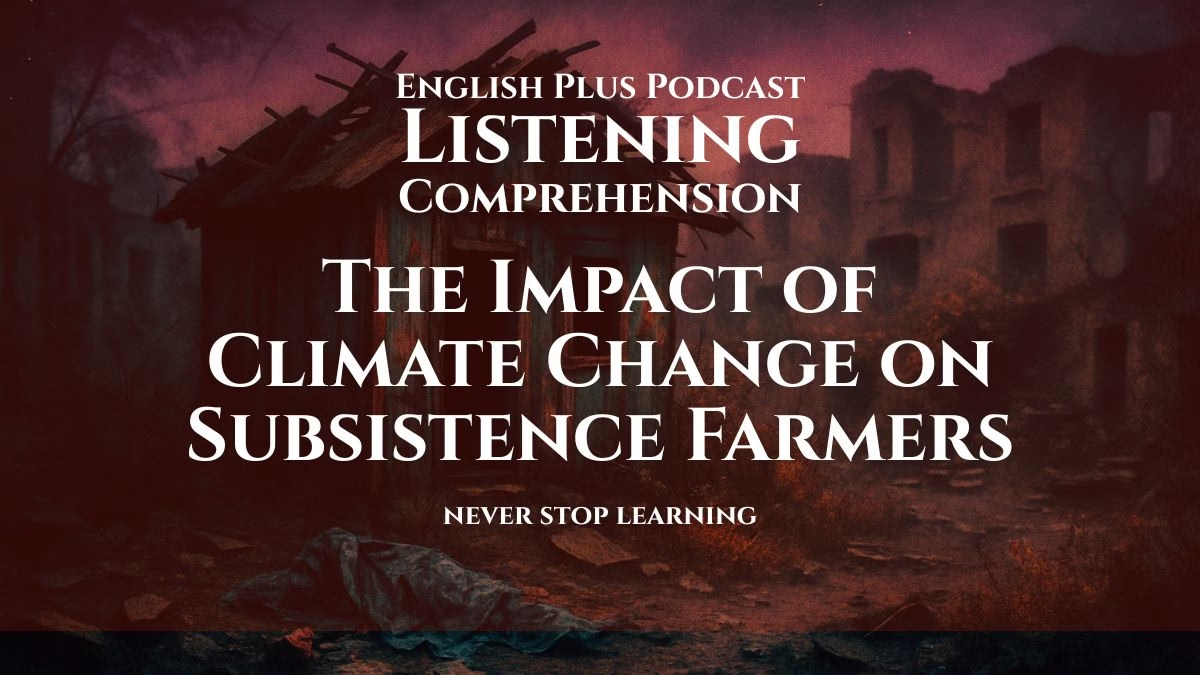
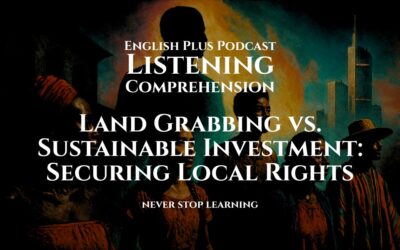
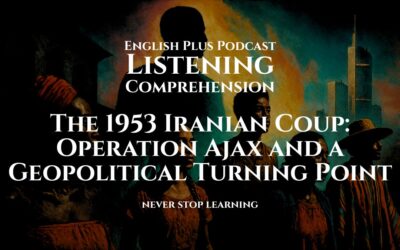
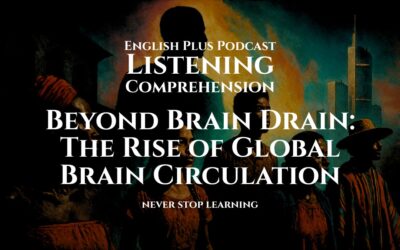
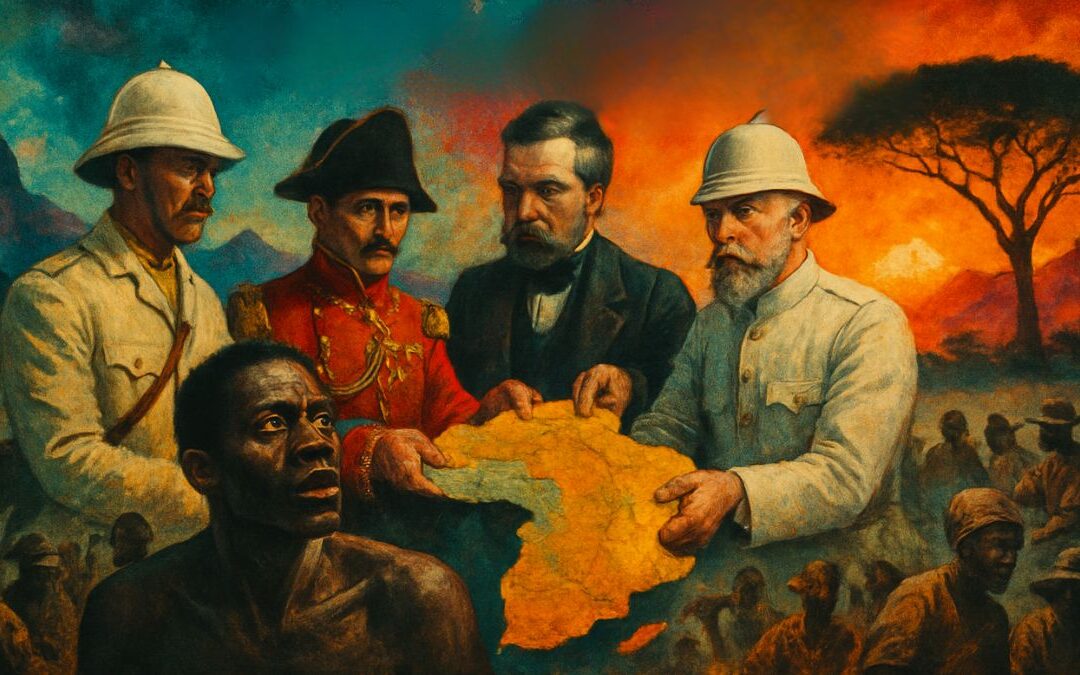

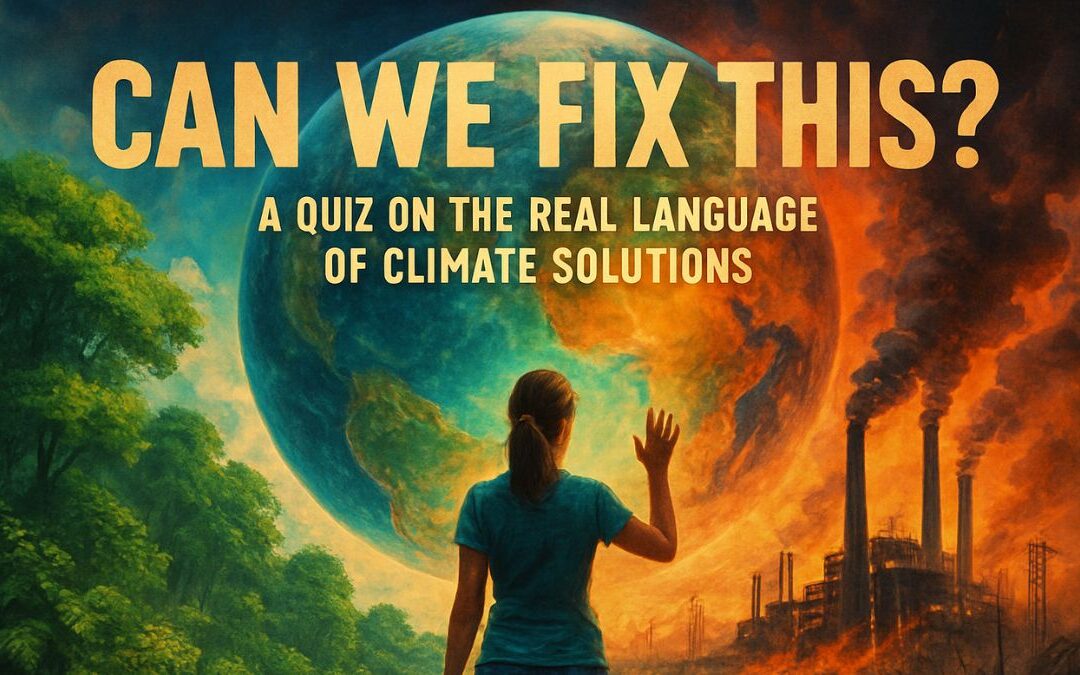

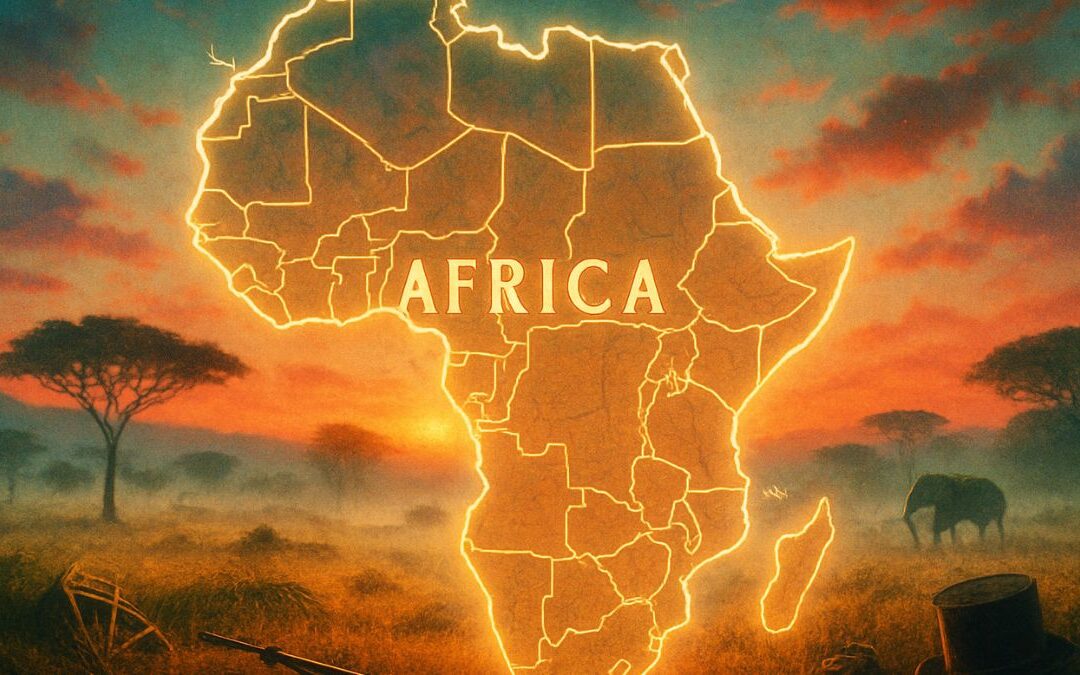

0 Comments